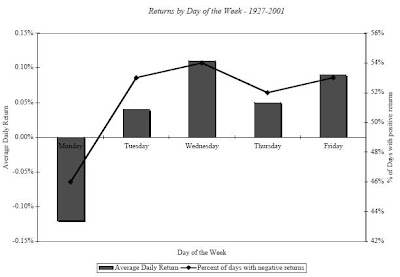However, here is a news item that might give you a glimpse of what can go wrong with such inefficient process and low safety investment options. Here is a new item from a leading newspaper: Unsafe savings: Rs 153 cr vanishes from post offices. (Opens in a new window). Please read through this article and see how the post masters and the agents willing to offer services with a smile are charged of duping people with millions of money, all the hard earned savings of investors vanishing.
In a way, it’s always easy to find a justification for what we have done. We simply end up by saying that the government is running the post offices, so it is the government’s responsibility to take care of the safety of my money which I am depositing in the post office schemes – be it for saving taxes, or for long term investments to earn attractive returns. However, what we tend to forget is that once a problem starts, it’s not easy to get out of it in a simple and straightforward way.
It is the investor’s money that has been taken for a ride. The government can simply appoint an investigation committee to look into the matter. It will take months and even years for the investigation committee to come out with results. Even if everything goes well, then also it will be the investors who will have to face the consequences. Even if the government identifies that there has been a genuine scam and they need to repay the money to their investors, it will take ages for the investor to justify their claims. The money that they have invested was being taken by giving them forged receipts. How can the investor really claim that he has really given the money to the post master or the agent? That too to a government official in India?
There was a big tragedy in Bhopal – the famous and notorious Bhopal Gas tragedy. Till date the victims are fighting for their compensation. The real victims may have received nothing, but the middlemen and other people who were not even remotely related to the victims have managed to harvest a big amount with their connections. Let’s not forget that the bureaucratic process in India will make you run round and round for your own money! How about getting the tax refund from the Income tax department?
If I know correctly, then another case was with the famous Indira Vikas Patra or the Kisan Vikas Patra, launched in the 1980s. It promised to double your money in 5.5 years or so. However, at the maturity, the government did not have sufficient money to pay back. So it offered to extend the savings to another term of 5.5 years. Investors were left helpless!
It’s not only in India, but across the globe. The Russian Government default on Russian Bonds in the late 1990s led to the collapse of LTCM - “Long Term Capital Management” , the company which was run by the Noble prize winner. There is a famous book on this collapse – titled “When Genius Failed” . The root cause of the fallout was the default on Russian government based securities, bonds and currency. Then the South American countries like Argentina and Brazil also defaulted on their government based bonds, which was the precursor of the economic doldrums of late 1990s.
Simply trusting the government is one of the dumbest things an investor can do.
Simply putting the blame and responsibility on governments or any other agency is a big and highly faulty assumption that a person makes. The government itself is running by the support of more than 25 parties. It is unclear about its own future, how can one keep on trusting such a setup? There is nothing hindering the growth rate and future prospects of this country, but only the instability of the government. A typical example that can be quoted is that of Gujarat. The moment Modi won, all the Gujarat based shares went for a sky rocketing performance. Is this possible at the center? Looking at the situation, I don’t think so. Readers may differ in opinion, so please feel free to Post your Comments at the end of this article.
| It’s always better to think twice before finalizing your investments and savings. Anyways, 153 crores or 15.3 million is not a small amount of money. I can only sympathize with the investors who have been duped by the post masters, the post office employees and the post office agents. May be it is just the tip of the iceberg and lot more may be unearthed. | Table of Contents |













